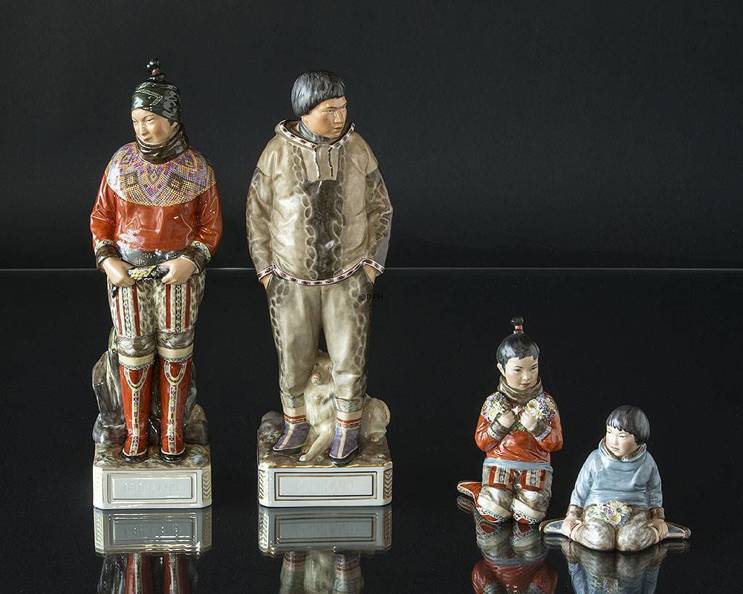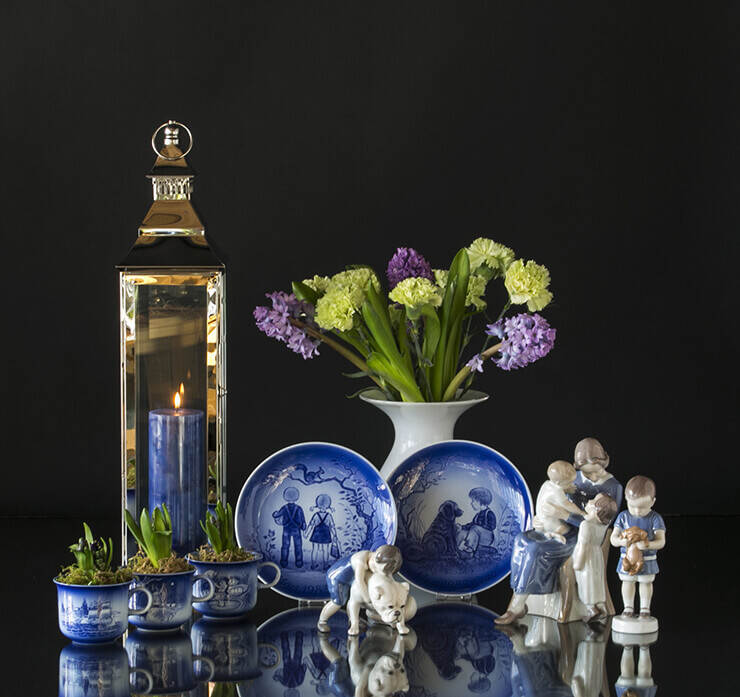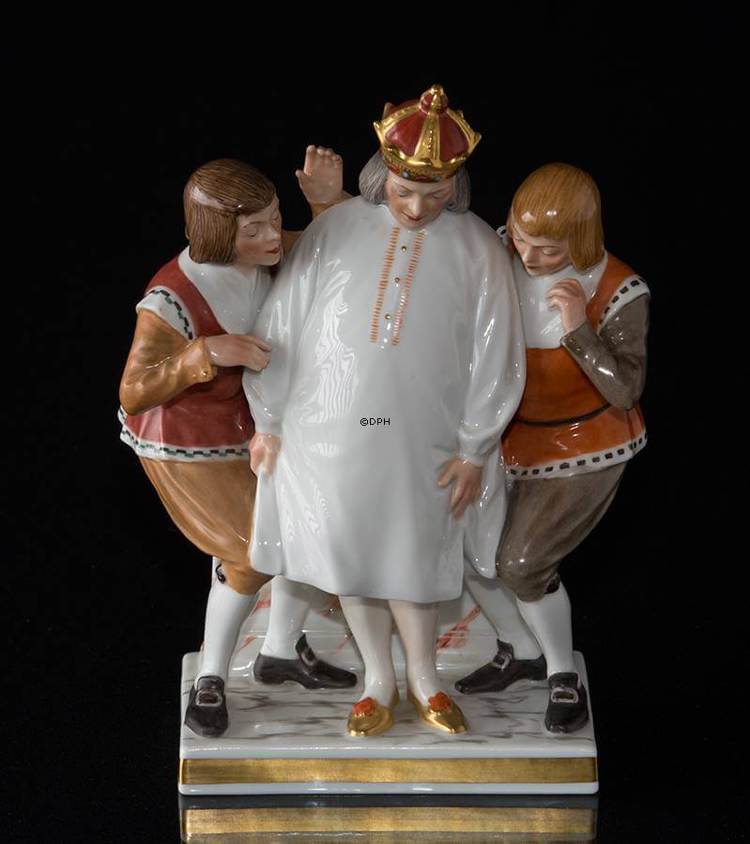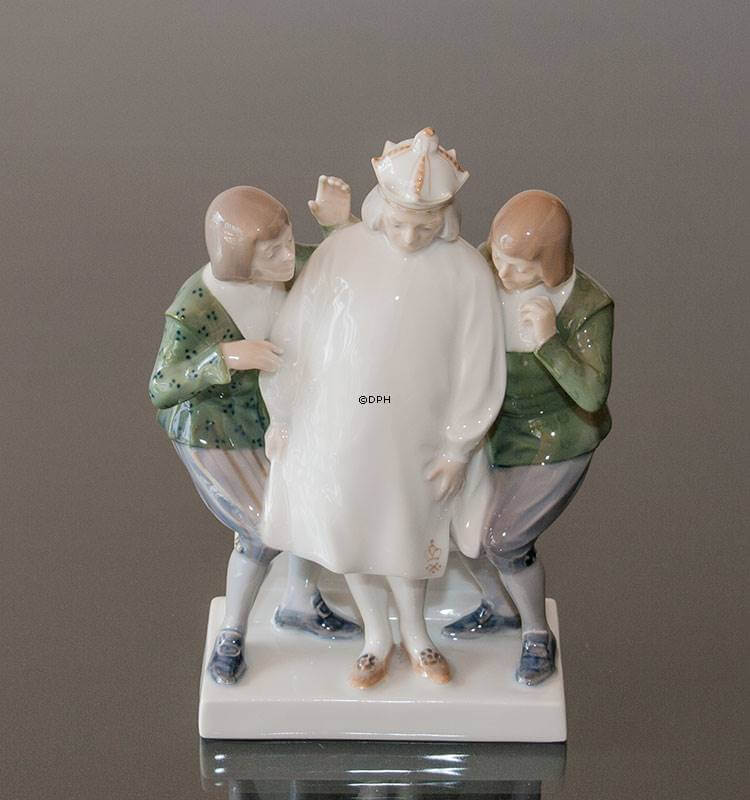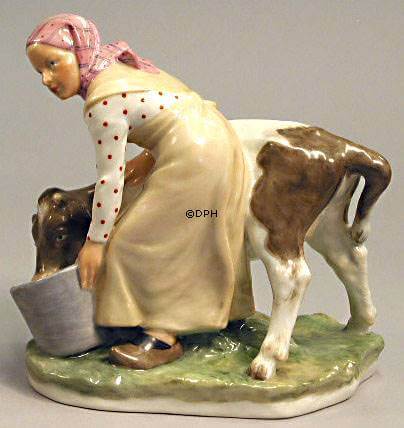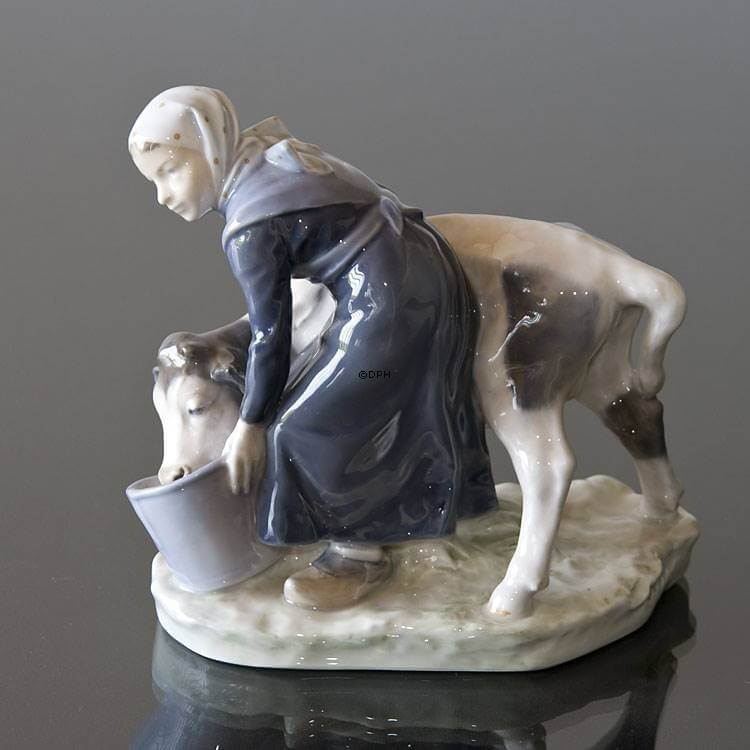Overglaze and underglaze are two different methods for decorating porcelain. Each method has its advantages and disadvantages, but each gives the porcelain a completely different expression. Whether you use one or the other method depends on what you want for the finished porcelain.
It is all about color!
That is the gist of it when it comes to overglaze and underglaze. The differences between the two methods are expressed visually by the colors of the finished porcelain. The color selection is much wider in the overglaze technique than in the underglaze technique. The reason for this is chemical. It is simply a matter of the colors dissolving at different temperatures and underglaze subject the colors to much higher temperatures than overglaze. That is why you will find far more colors in overglaze porcelain than in underglaze porcelain.
In fact, the reason for the extensive use of blue in porcelain is because this color can withstand the highest temperatures and especially underglaze is widely used in Danish porcelain. Have you never thought about why there are so few colors in Royal Copenhagen and Bing & Grondahl figurines? This is because they are underglaze figurines and therefore have only a few colors available.
This collection of figurines with a Greenlandic theme is a really good example of the large range of colors that is available when applying the overglaze method. At the same time, there is much richness in detail.
Here is a selection of figurines etc. in underglaze. The colors are somewhat more limited and at the same time they are more shiny in the surface.
Why two methods?
Since the overglaze figurines have greater possibilities for colors, why is it that the underglaze has been much more used especially at Royal Copenhagen?
What is the important difference between overglaze and underglaze is when the paint is applied. In the case of overglaze, you burn the glazing on the porcelain and then paint it. While when using underglaze the paint is applied on the unglazed porcelain and then the glaze is applied over the paint. Thus underglaze. The paint is under the glaze. The glaze on porcelain is a layer of glass that covers the porcelain mass underneath. The glaze is burned at a very high temperature of more than 1300 degrees Celsius. That temperature dissolves most types of paint, but on the other hand, the paint is permanently protected under the glaze. After glazing, overglaze is burnt at only 850 degrees Celsius, which means that several types of paint can be used. In particular, red and gold cannot be used in underglaze.
Overglaze needs an additional burning after the paint is applied, which increases the cost. Therefore, overglaze is also often more expensive than underglaze. An example of dinner service in overglaze is Flora Danica.
It is therefore a trade-off that forms the basis for choosing overglaze or underglaze for the porcelain. Is color choice in the decoration or price the most important factor?
Overglaze will often be used for more detailed and complex figurines, as this method is most suitable for this, since the colors here are not affected by the heat in the same way as with underglaze.
Below we show a few examples of the same figurine in overglaze and underglaze respectively:
Don't miss free tips and a lot of great sales
DPH Trading
Løkkegravene 49
5270 Odense N, Denmark
CVR-no.: DK61086013
Follow us on social media:

 We are e-approved
We are e-approved


